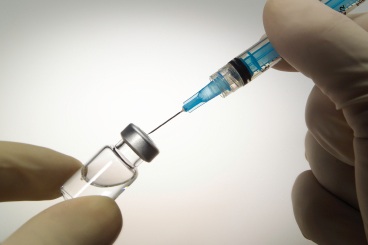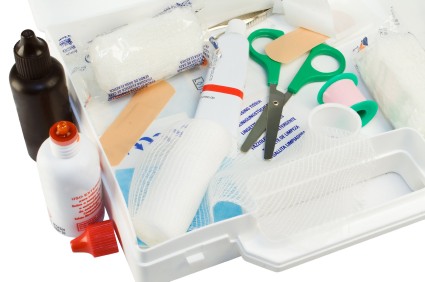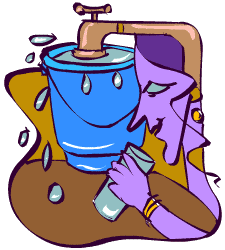
While speaking of somebody with a visual impairment we would be referring to a person who is either partially...

Many of us would waive an article of immunisation as irrelevant to us — the educated, fairly affluent members...

You often hear the phrase ‘balanced diet’ and its advantages, particularly for pregnant mothers and growing children. What does...

Do you wonder why the shampoo that you have been using for the past five years suddenly makes your...

Five ‘o’ clock. Time for the baby to go out. But as Arti Jaiman placed the baby in the...

Every home needs a first aid kit! It’s a bit like insurance: you hope you’re not going to need...

Children seem to grow at a fast pace and there comes a time when she seems ready for her...

The most likely reason for milk drying up is the inhibition of the ejection reflex (the mechanism by which...

What does creativity in education mean? It not only implies an original approach towards tackling the same old lessons...

You are feeling giddy and nauseus. Your menstrual cycle has been delayed. Things don’t seem quite right. You might...





















